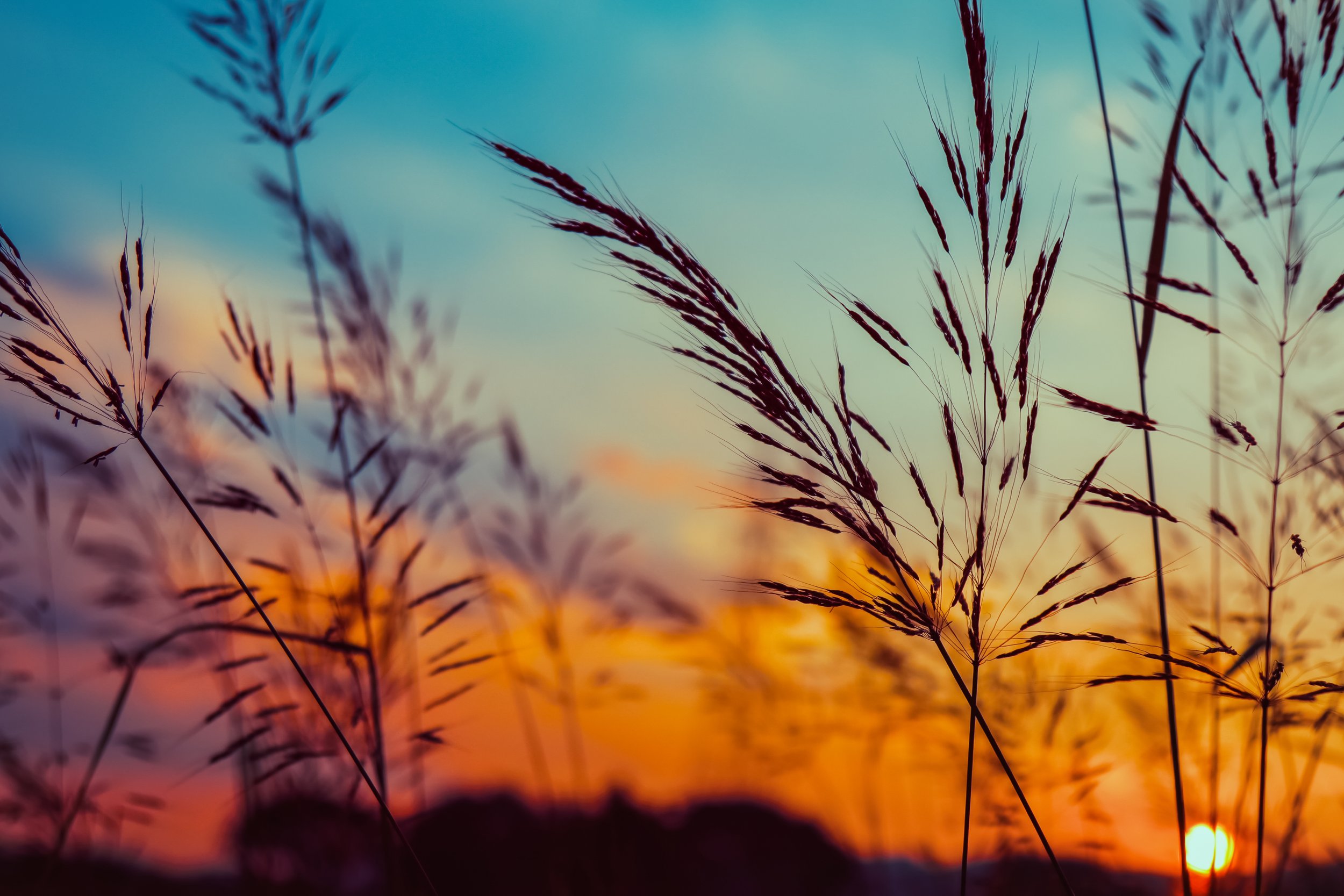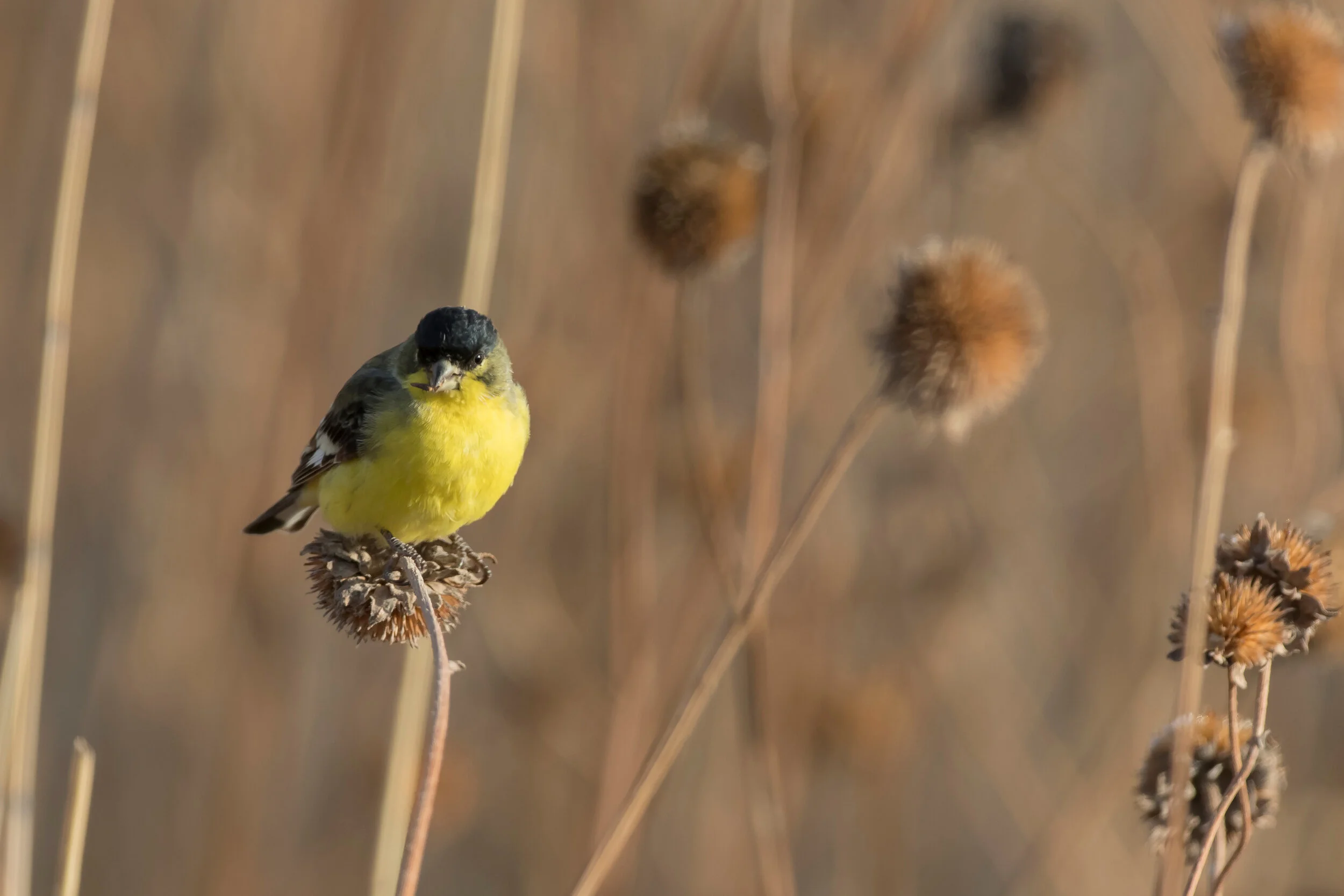
White Pelican Farm
We’re here to help!
Native plants are hardy, resilient and beautiful.
We want your native planting to be a success.
Plant Lists to Help You Design at a Glance
Not sure where to start designing your new planting? Find lists of plants by color, habitat type, bloom period or wildlife use .
FAQs About Our Farm and Our Plants
Get more information about how we grow and source our native and other perennial plants, payment, shipping, discounts, etc.
-
We grow our plants like Mother Nature does.
We believe growing plants outside (not in a greenhouse) makes them more resilient. Our plants are field grown in our licensed nursery without the use of pesticides, herbicides or synthetic fertilizers. They are grown in a pot-in-pot system that requires no tilling.
We collect rain water for when irrigation is necessary. We do not use plastic packaging and we have invested in solar at the farm.
In short, we go well beyond organic standards.
-
We grow our plants from seed or cuttings from plants on our property that way we know they are hardy and grow well in this part of the state.
-
We believe in supporting our community. We donate native plants to parks, schools, restoration projects and conservation organizations through our Wish List Program, and we also donate vegetable plants to community local gardens. Learn more about the Wish List Program here.
We are currently donating plants to Wisconsin State Parks, the City of Fitchburg, the City of Sun Prairie, the Village of DeForest, the Village of McFarland restoration programs and the Pardeeville Garden Club. Learn more about these efforts here.
For every plant you buy, we will donate a plant to the conservation organization of your choice from those listed above.
-
You can pay with a credit card when you reserve your plants online. If you prefer to pay with cash, check or credit card when you pick up your plants, email us a list of the plants you want to order and we will confirm their availability.
-
Our plants are too large and heavy to ship. When you pick-up your plants from the farm it also gives you the opportunity to switch out a plant if you decide you would prefer a different plant that is available.
When your plants are ready, we will contact you to arrange for a pick-up time that is convenient for you.
-
We have volume discounts and periodic sales.
Learn about our up-coming sales by sighing up for our newsletter.
Buy a friend a gift certificate and get 15% off your next purchase.
Take advantage of our volume discounts described below.
One Gallon Pot Volume Discounts:
1 - 5 plants (any combination): $5.75/each.
5 - 10 plants (any combination): $5.50/each. Use discount code: YT74SA3
10 -20 plants (any combination): $5.00/each. Use discount code: 98PMRJG
20+ plants (any combination): $4.75/each. Use discount code: BGJJ22G
-
We want you to be happy with the plants you bring home from our farm. If a plant does not work for you, let us know and we will replace it.
Native Plant Care and Other Resources
Learn about how to care for your native plants once you bring them home, as well as links to other helpful organizations and resources.
-
Our plants are grown in biodegradable fabric pots to negate transplant shock.
1. DO NOT REMOVE THE PLANT FROM THE FABRIC POT.
2. Either roll-down or trim off the portion of the fabric pot that is above the soil line in the pot.
3. Dig a hole that is deep enough so that when you place the plant in the hole the soil in the pot is level with the soil of the surrounding area.
4. Water the plant in the hole before filling it.
5. Fill in the hole with soil, pressing it down firmly so that there are no large air pockets.
6. Finally, mulch around the plant, but do not apply mulch directly against the plant’s stem.
-
The most important thing you can do for your new plants is to plant them where they are meant to grow based on their light, moisture and soil requirements.
Mulch your new plants in order to protect them from drought and sudden changes in temperature.
Though generally hardier than many ornamental plants, native plants still need consistent water in order to thrive. They should receive water weekly by you or Mother Nature when they are being established.
Do not use herbicides, pesticides or synthetic fertilizers near your native plants as they may be negatively impacted.
Let your plants go to seed in fall to provide food for birds and small mammals.
-
Helpful Websites That Provide More Information about Native Plants
Wisconsin Department of Natural Resources
The Wisconsin Department of Natural Resources has extensive information about native Wisconsin plants, how to support wildlife through the use of native plants and Wisconsin providers of native plants.
The Prairie Enthusiasts work with landowners, farmers, and other organizations protect and manage prairie and oak savanna remnants and help others learn about their importance.
Lady Bird Johnson Wildflower Center
The mission of the Lady Bird Johnson Wildflower Center is to increase the sustainable use and conservation of native wildflowers, plants and landscapes. Its native plant database is a useful source for plant identification and propagation information.
The Wild Ones is a not-for-profit environmental education and advocacy organization which promotes the use of native plants, natural landscapes and environmentally sound landscaping practices to preserve biodiversity through the preservation, restoration and establishment of native plant communities.
The Xerces Society is a nonprofit organization that promotes the conservation of invertebrates and their habitat by utilizing applied research, engaging in advocacy, and providing educational resources.
Invasive Plant Atlas of the US
The purpose of the Atlas is to assist users with identification, early detection, prevention, and management of invasive plants.







